

|
Cryptococcemia. A 44- necropsies cases study of AIDS- patients in a tertiary care hospital Clóvis Klock*, Luciano Z. Goldani**, Marcelle Cerski**, Ivan Tadeu Rebouças* |
|
|
Cryptococcus neoformans has been reported to infect most areas of the body. Cryptococcemia occurs in advanced HIV infection and usually reflects a high burden of yeasts in tissue but it can occur without an apparent secondary site of involvement.
Objective: to relate the cryptococcemia cases in patients with AIDS submitted to necropsy.
Methods: The necropsies of AIDS patients, performed at Pathology Service of HCPA between January 1988 and December 2002, were reviewed in a total of 395 cases - 44 of them had cryptococcemia. All the necropsies were performed according to the HCPA necropsy protocol. The ages of the patients varied between 9 and 68 years old. 40 of the patients were male
Description: The organs affected were: meninges and brain (28 cases), brain (8), lungs (17), spleen (22), liver (17), kidney (17), pituitary gland (14), meninges (14), pancreas (8), bone marrow (4), prostate (3), intestines (2), heart, skin and testicle (1 case each)
Conclusion: The necropsies findings show a high prevalence of spleen infection, which is not seen on the international literature
|
||
|
|
Cryptococcosis is a systemic mycosis caused by an encapsulated and yeast form fungus called Cryptococcus neoformans. Cryptococcus neoformans has five subtypes (A,B,C,D and AD), and three varieties: grubbi (A serotype), neoformans (D serotype) and gatii (B and C serotypes). The grubbi variety is present worldwide. The gatti variety is found more frequently in tropical and subtropical regions and the neoformans has a major prevalence in Europe and South America. Recently molecular biology PCR-based studies have isolated eight major molecular types classificated as: VNI (grubbi variety, A serotype), VNII (grubii variety, A serotype), VNIII (AD serotype), VNIV (neoformans variety, D serotype), VGI, VGII, VGIII, VGIV (gatti varieties, B and C serotypes). No correlation between the serological and molecular types in the gatti variety was found. In its anamorphous form, the Cryptococcus neoformans is an encapsulated yeast (with non- encapsulated and capsule-deficient forms), measuring between 5 to 10 um diameter. The capsule is clearly a virulence factor of the fungus. In experimental cryptococcosis, mutant or non - encapsulated fungi are less virulent than the encapsulated species. A number of effects of the capsule can contribute with the virulence and it can inhibit the phagocytosis of macrophages, monocytes and neutrophils. The pathogenesis of cryptococcosis is determined by three factors: the system of defense of the host, the virulence of the type of Cryptococcus neoformans and the size of the entry site. The role of these three factors is not clearly interrelated, but certainly its relation is hugely complex.
|
|
|
|
The necropsies of AIDS patients, performed at Pathology Service of HCPA between January 1988 and December 2002, were reviewed in a total of 395 cases - 44 of them had cryptococcemia. All the necropsies were performed according to the HCPA necropsy protocol. The ages of the patients varied between 9 and 68 years old. 40 of the patients were male
|
|
|
|
The organs affected were: meninges and brain (28 cases), brain (8), lungs (17), spleen (22), liver (17), kidney (17), pituitary gland (14), meninges (14), pancreas (8), bone marrow (4), prostate (3), intestines (2), heart, skin and testicle (1 case each)
|
|
|
|
Cryptococcosis is a leading mycological cause of morbidity and mortality among patients with AIDS. About 10 % of AIDS patients develop cryptococcosis in the United States, Europe and Australia, whereas its incidence is much higher in countries of sub-Saharan Africa (15–30 %). It is estimated that 10–25 % of AIDS patients with cryptococcosis die in spite of antifungal therapy, and 30–60 % succumb within the first year of onset. The disease is acquired by inhalation of the fungus whose dehydrated spores penetrate throughout the airways, and the initial implantation sites are the lungs. Once in lung parenchyma, the fungus rehydrate and acquire the polysaccharide compositions of the gel capsule, today known as the most important factor of the disease pathogenesis. A primary lesion is established in the lung, with secondary involvement of hilar lymph nodes, constituting a primary complex, similar to tuberculosis and histoplasmosis. The initial lung lesion has a systemic haematogenic spreading potential to several organs, or reactivation potential in immunodepressed patients. In alveolar spaces, the fungic cells are initially taken on by the alveolar macrophages and the infection will depend upon the interaction between the host defense system and the fungus type virulence. The first interaction between the fungus and the alveolar macrophage can determine if the disease is going progress or not. The Central nervous system is the most important target in cryptococcosis, although the cerebral lesion is always secondary to a lung foci, which is an entry site of this mycosis and many times can regress or even disappear before the onset of the neurological symptoms.
|
|
|
|
The necropsies findings show a high prevalence of spleen infection, which is not seen on the international literature
|
|
|
|
1 – Nobre V, Braga E, et al Opportunistic infections in patients with aids admitted to an universityhospital of the Southeast of Brazil. Rev Inst Med Trop Sao Paulo. 2003. 45(2):69-74 2 - Viriyavejakul P, Rojanasunan P, et al.Necropsy in HIV-infected patients. Southeast Asian J Trop Med Public Health. 2002. ;33(1):85-91. 3 - Tietz HJ, Martin H, Koch S. Incidence of endomycoses in autopsy material. Mycoses. 2001.44(11-12):450-4. 4 – Perfect JR, Casadevall A. Cryptococcosis. Infect Dis N Am, 16:837-874, 2002. 5 – Lee SC, Dickson DW, Casadevall A. Pathology of Cryptococcal Meningoencephalites: Analysis of 27 patients with pathogenetic implications. Human Pathology, 27(8):839-847, 1996.
|
|
|
|
- Emilio Mayayo Artal (03/10/2005 0:31:34)
- Mirta Garcia Jardon (12/10/2005 17:41:40)
- Oscar Marin (17/10/2005 2:52:35)
- Clóvis Klock (24/10/2005 20:23:15)
- Clóvis Klock (24/10/2005 20:24:03)
- Mirta Garcia Jardon (31/10/2005 17:06:56)
|
|
|
|
|
Web mantenido y actualizado por el Servicio de informática uclm. Modificado: 16/06/2015 14:10:50
 fiogf49gjkf0d">
fiogf49gjkf0d">
 fiogf49gjkf0d">
fiogf49gjkf0d">
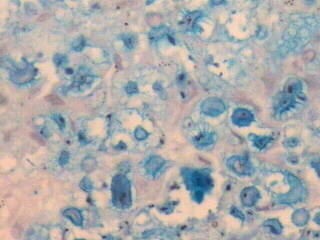 fiogf49gjkf0d">
fiogf49gjkf0d">
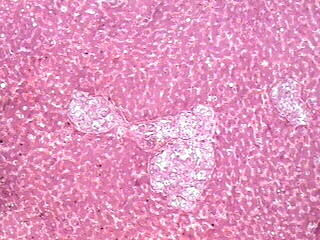 fiogf49gjkf0d">
fiogf49gjkf0d">
 fiogf49gjkf0d">
fiogf49gjkf0d">
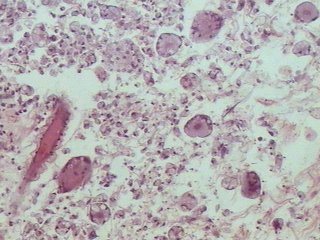 fiogf49gjkf0d">
fiogf49gjkf0d">
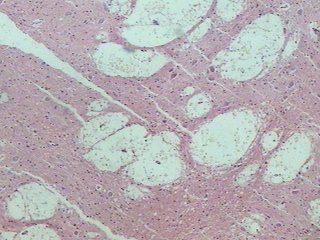 fiogf49gjkf0d">
fiogf49gjkf0d">
 fiogf49gjkf0d">
fiogf49gjkf0d">
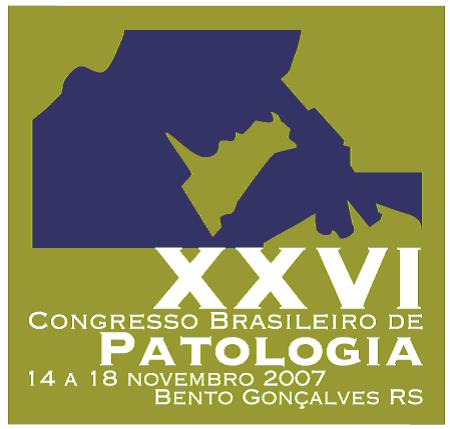 fiogf49gjkf0d">
fiogf49gjkf0d">